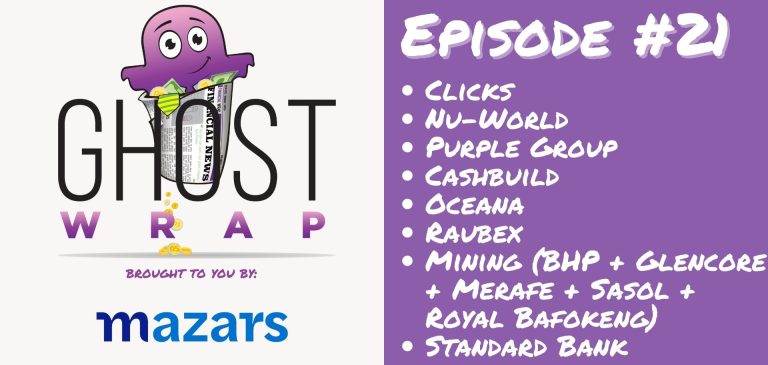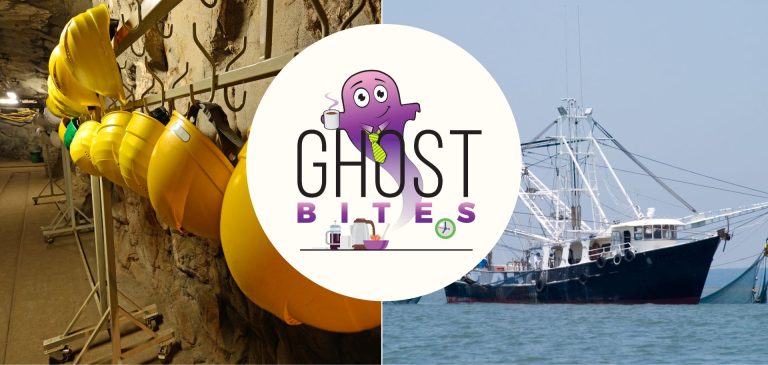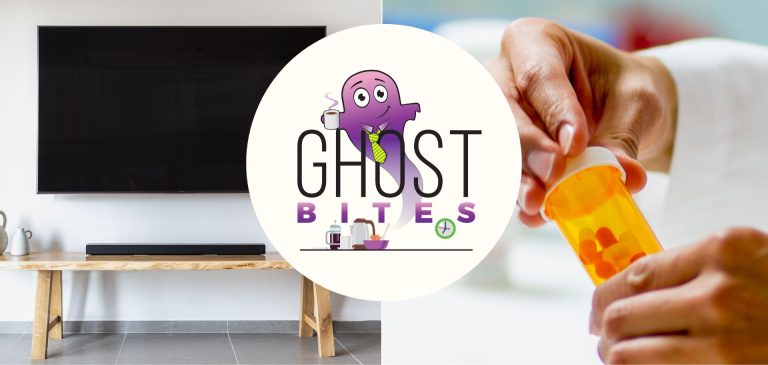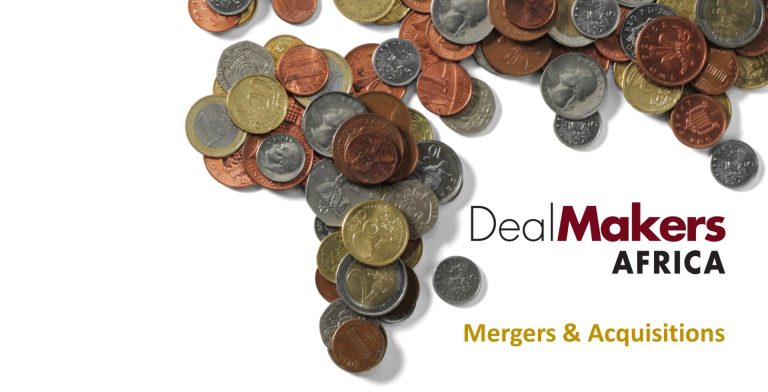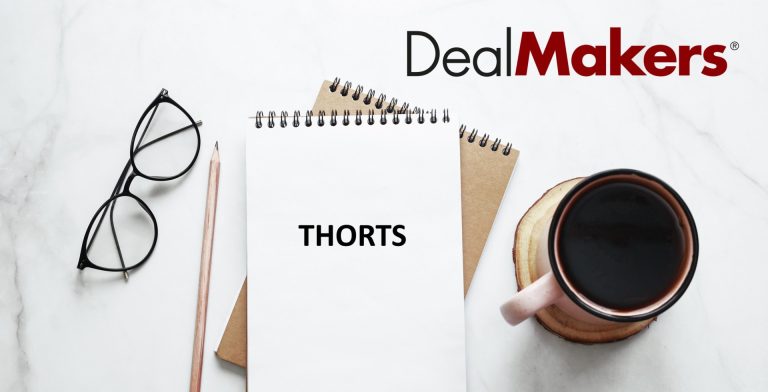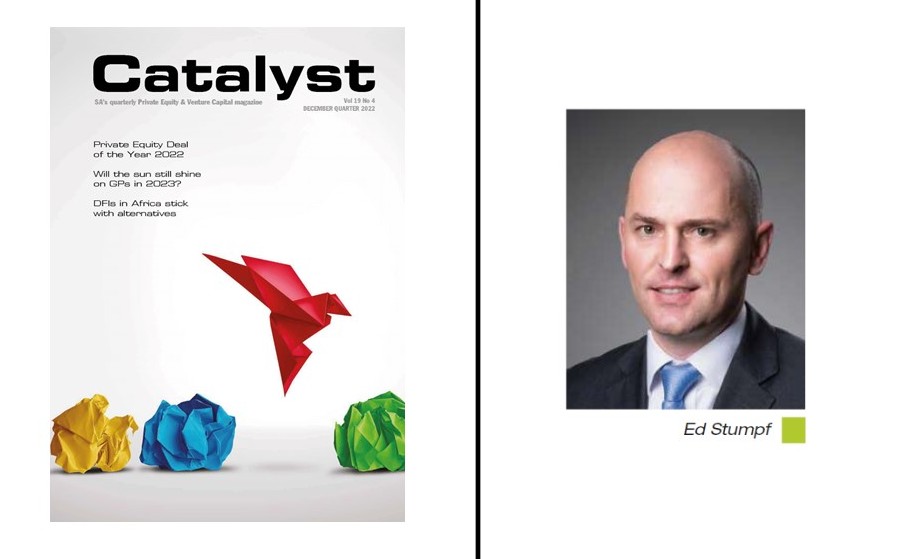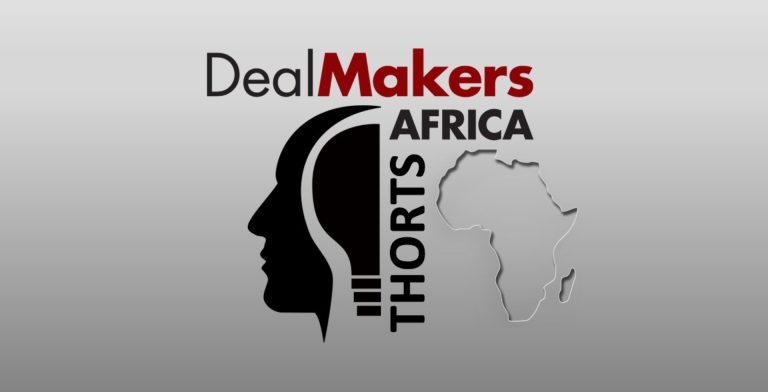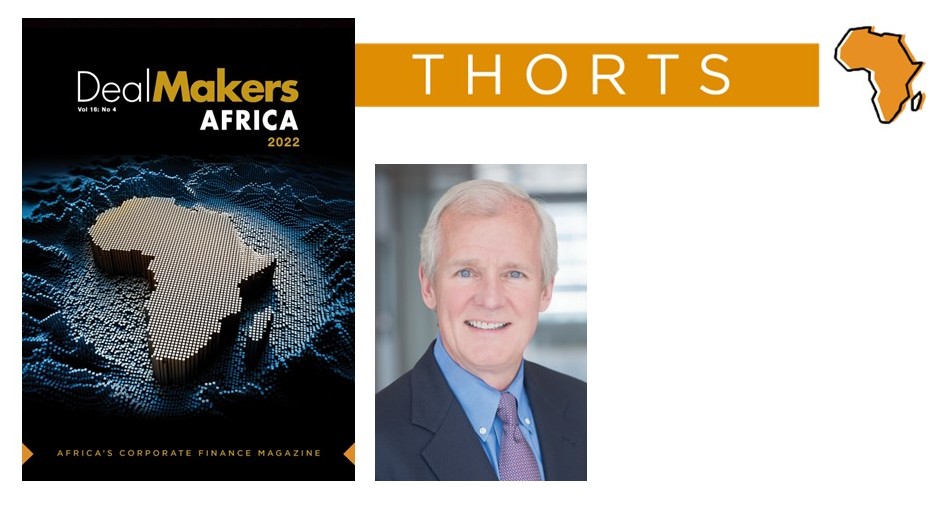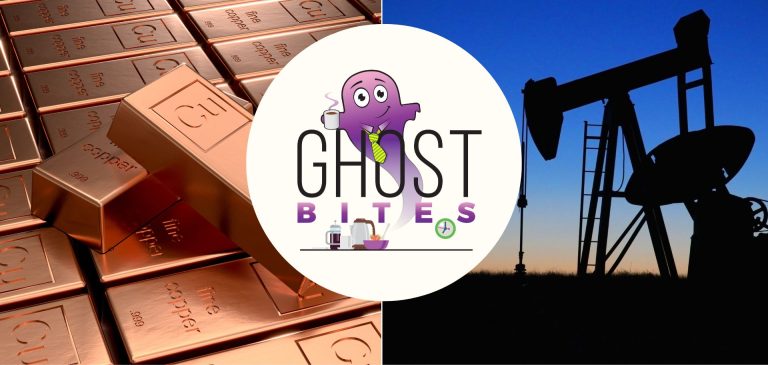BHP Group still has a positive outlook on demand (JSE: BHG)
China and India are key offsetting slowing demand in developed markets
With the benefit of another quarter behind the company, BHP Group has made it through nine months of this financial year. Production guidance for the financial year is unchanged, with the usual story of good news and bad news as you dig deeper into the individual operations.
Having a diversified group really pays off in mining. For example, one of the copper assets has performed below expectations but strong performance elsewhere has allowed the group to keep full year copper production guidance unchanged.
Full year unit cost guidance is also unchanged, although a couple of major operations (Escondida copper and Western Australia Iron Ore) are expected to be at the top of their respective ranges.
With the group focusing on the metals of tomorrow, investment is skewed towards copper and nickel opportunities.
Importantly, the group notes that engagements with customers in China and India have reaffirmed the positive outlook for commodity demand.
Cashbuild revenue is still falling (JSE: CSB)
It’s hard to build a bull case in this environment
How many people do you know who are busy with major renovations or building projects? Yup, same here. Practically nobody.
Interest rates are high. Consumer confidence is horribly low. Those who have spare money for projects are buying solar panels and inverters, not adding another room to the house that will be dark for half the day anyway.
This is coming through in the numbers for a company like Cashbuild, where revenue for the third quarter fell by 9% year-on-year. For the nine month period, revenue is down 6%. If we adjust for looted stores, then the decrease is actually 9% over that period.
Transaction volumes fell by 13% in existing stores. Selling price inflation was 6% at the end of March.
Although P&L Hardware is only 8% of group sales, the obvious joke about P&L in an accounting sense (Profit & Loss) is too good to pass up. With more L than P, sales fell by 15% in Q3. Ouch.
I’m not sure what Cashbuild can do to stem the bleeding. It’s a really tough situation to be in.
Choppies gives more details on its planned deal (JSE: CHP)
The Kamoso Group is in the cross hairs
Choppies is in negotiations to acquire a controlling stake in the Kamoso Group, an FMCG business based in Botswana. A quick look online suggests that Kamoso operates a variety of brands through 79 retail locations. There are 1,500 employees. This is by no means a small company.
Choppies was originally negotiating to acquire a 100% stake, but that’s been reduced to a 76% stake now. In the meantime, conditional approval has been received from the Botswana Competition and Consumer Authority.
Coronation: no jewels in this crown right now (JSE: CML)
The tax problem has taken the group into a loss-making position
Coronation’s share price has lost over 30% of its value in the past year. The irony is hard to ignore here, as this is an asset management business after all.
The thing to understand is that these businesses rise and fall with the broader markets. They grow assets under management (AUM) in the good times and earn performance fees on top. In the bad times, the performance fees evaporate and AUM drops. Punters use these stocks for a leveraged view on the broader equity market.
Historically, investors also bought Coronation for the high dividend yield. This makes it even more painful that the interim dividend is gone because of the group’s tax disaster.
In a trading statement for the six months to March, the full impact of that problem has been laid bare. HEPS is expected to drop by between 101% and 111%, which means that the group is officially loss-making. This isn’t an extinction event by any means, but it sure hurts.
Coronation has applied to the Constitutional Court for leave to appeal the Supreme Court of Appeal’s judgement in favour of SARS. If that application is successful, the matter is likely to be heard in the 2024 financial year.
In good news, AUM as at 31 March 2023 was R623 billion. Coronation is too cool to bother giving us comparatives in the SENS announcement, so I have to go digging every time. As at the end of December 2022, AUM was R602 billion. The recent uptick in equity markets has helped here.
Glencore reaffirms full year production guidance (JSE: GLN)
First quarter production was in line with expectations
Production updates for mining houses are highly important. They can’t control the prices of commodities, but they can control their production performance.
Another important point is that production being “in line with expectations” doesn’t mean that it increased. It just means that where decreases were anticipated, these came to pass. This explains why production numbers for many of the commodities have fallen at Glencore, like copper down 5% and zinc down 15%.
The main thing for investors is that production guidance for the full year has been reaffirmed. If you want to see just how detailed these reports get, you’ll find it at this link.
Merafe increases production year-on-year (JSE: MRF)
Prepare yourself for a short and sweet update
When Merafe announces production numbers, there’s no fluff. They don’t wax lyrical about load shedding and all the other joys of life in South Africa.
No, they just give the number. In this case, attributable ferrochrome production was 3% higher year-on-year for the quarter ended March.
We should all regret buying tech stocks in 2020 instead of Merafe. Over three years, the share price is up nearly 260%. Sigh.
Things at Oceana are looking swell (JSE: OCE)
Bad jokes aside – good luck ever forecasting this one with accuracy
Oceana is as unpredictable as the ocean itself. The variables in this business are incredible, ranging from the catch at sea through to international pricing for a variety of seafood products. The swings are breathtaking, with HEPS for the six months to March up by between 127% and 147%.
This performance is thanks to higher inventory levels, favourable international pricing for a variety of seafood products and strong volumes in canned fish. Increased cost pressures were felt as well, but the benefits clearly far outweighed the troubles here.
It wasn’t long ago that most of the fishing businesses on the JSE were reporting really tough results. I’m genuinely not sure how anyone forecasts the performance of this business with any accuracy.
Purple Group turns red in tough conditions (JSE: PPE)
When bad valuations happen to good people…
I warned over and over again that Purple’s valuation during the pandemic simply wasn’t sustainable. This was no reflection at all on the quality of EasyEquities and the huge strides made during the pandemic. It was simply an example of emotions in the market and how investors tend to fall in love with a story rather than its numbers.
When trade opens on Monday morning, Purple is likely to take a huge knock. You had to be pretty blind to external conditions not to expect ugly numbers here. With consumers and equity markets under pressure, the lack of EasyEquities screenshots on Twitter was perhaps the best indication that investors are licking their wounds.
The challenge in the business is that they need people to be trading in order to be generating an income. This is different to an asset management business that earns fees from assets under management every year, regardless of whether there is churn in the portfolio.
For the six months to February, Purple Group will report a headline loss per share of between -0.82 cents and -0.91 cents. That’s a big swing from HEPS of 1.63 cents in the comparable period.
The group highlights the right things in the announcement, ranging from the number of partners through to customer growth and the general love of the platform. I couldn’t agree more with the product market fit here and how successful it has been.
The trouble is that although R2.9 billion in deposits flowed into investments on the platform, traded value fell to historic lows. When the going got tough, inexperienced investors turned their backs on the markets. To be fair, those investors are also trying to afford their bond repayments and alternative energy solutions thanks to Eskom.
This has been a perfect storm for South African consumers and I’m not surprised one bit to see the drop in Purple’s earnings. This doesn’t change the long-term story either, as the strategy to grow into South East Asia is being implemented and there are good reasons to believe that it could be interesting. Another key part of the model is the low cost to serve clients, along with strategic initiatives to build institutional flows that are less volatile than retail flows.
Purple is down 56% over the past 12 months. The price is up 265% over 3 years. When it comes to popular small caps, volatility is the only certainty.
Royal Bafokeng is struggling with Styldrift (JSE: RBP)
Despite this, full year guidance is unchanged
For the quarter ended March, Royal Bafokeng’s performance doesn’t tell an encouraging story. Goodness knows that the distraction of the Northam Platinum – Impala Platinum battle over the company wouldn’t have helped.
A strong operational performance at BRPM has been unable to offset the problems at Styldrift. A decrease in tonnes hoisted and milled led to a 1.5% decrease in 4E metals in concentrate.
When production falls in an inflationary environment, then it’s basically a guarantee that cash cost per ounce will increase. In this case, it’s a significant jump of 22.1% in cash operating cost per 4E ounce.
The group’s balance sheet is in good shape and full year guidance has been reaffirmed based on operational improvement strategies that have been implemented.
Sasol’s update for the first nine months of the year (JSE: SOL)
Guidance is mostly unchanged, other than Natref which is revised downwards
Fresh from the news of a major refinancing of its dollar debt with several banks, Sasol has released a production update covering the latest quarter and thus the first nine months of the year.
The Energy business is still enjoying relatively high oil prices and a positive refining margin environment. In the Mining operations, there are improvements in the coal delivered to Secunda operations and the coal stockpile remains above target. Export sales were significantly lower though, thanks to Transnet issues and the diversion of export coal to Secunda. Speaking of Secunda, production volumes were 5% higher in Q3 vs. Q2 of this year, as equipment availability improved. The Natref news isn’t positive, with operational challenges that have led to a reduction in full year guidance.
The Chemicals business is suffering from prices, unit margins and demand that are all below historical levels. Volumes were in line with Q2, with year-to-date performance 6% lower year-on-year. External revenue is down 9% for the nine month period.
Transnet is also a problem in the Chemicals Africa segment, but Sasol does make the point that supply chain challenges have improved in the latest quarter. This echoes a recent comment made by Afrimat.
Standard Bank is smashing it (JSE: SBK)
This environment continues to work well for the banks
Standard Bank releases a quarterly update because the company needs to provide information to Industrial and Commercial Bank of China (ICBC). This is helpful because it gives us a more frequent health check on the local banking industry than we get from Standard Bank’s peers.
There are some big swings thanks to changes in IFRS rules (what else is new?), so adjusting for those swings is important when looking at comparable performance. On that basis, attributable earnings are up by a whopping 28% year-on-year. The weak rand helps here, but there’s a great underlying story that includes an “ongoing recovery” in Liberty Holdings. I also must note that the 100% stake in Liberty only reflected from February 2022, so the first quarter view is flattering because Liberty wasn’t fully in the base. Standard Bank doesn’t give us the growth excluding Liberty, unfortunately.
In addition to the traditional banking business doing well in this environment thanks to higher interest rates and balance sheet growth in inflationary conditions, it’s worth highlighting that trading revenue was ahead of the comparative period and ahead of expectations.
As expected, the credit loss ratio was closer to the upper end of the through-the-cycle target range of 70 to 100 basis points. The attributable earnings number is net of impairments though, so there has been major growth for shareholders despite these pressures.
Liberty timing distortions aside, things are looking good. The share price hardly moved on Friday though, suggesting that the market has already priced in substantial growth. Either that, or economic worries are just too severe at the moment for investors to get excited about local banks.
Little Bites:
- Wesizwe Platinum (JSE: WEZ) is running behind schedule on the hot commissioning of the BPM Processing Plant. It was meant to take place at the end of March, but several challenges (no further details given) mean that commissioning is only likely by the end of May. Production will commence as soon as possible thereafter.
- PBT Group (JSE: PBG) is still awaiting SARB approval for the special distribution that has been declared after the sale of a non-core asset. When that approval is obtained, the final dates for payment will be announced.
- I would always advocate for caution when investing in Trustco (JSE: TTO). There are formal cautionary announcements out there at the moment, so at least we all agree that caution is needed. The management agreement renewal and a potential resources transaction are both in progress, with further announcements expected at some point.
- Buffalo Coal Corp (JSE: BUC) is about to disappear – the shares will be delisted on the JSE on 28th April as part of a take-private transaction.

